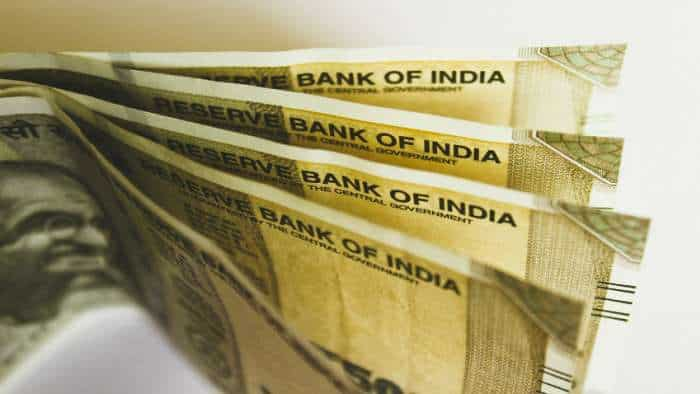This is what will keep Indian rupee range-bound
The rupee has depreciated by 6.9% since January 2018 and the main driver for the downslide is dollar strengthening against its peers since the beginning of the year. With the recent US CPI inflation data coming at 2.9% (YoY), the ongoing rise in inflation may build a case for further US rate hikes which can boost the US dollar.

The direction of the global markets is yet unclear; the reason being looming tension due to the escalated US-Sino trade war leading to rising protectionism among other economies and mixed macroeconomic data from the UK & Europe. Though the widening current account deficits (CAD) and continuous outflows by foreign institutional investor’s (FII) from the equity and debt instruments are adding to the rupee’s woes some support from reduced oil has helped keep it range bound.
The rupee has depreciated by 6.9% since January 2018 and the main driver for the downslide is dollar strengthening against its peers since the beginning of the year. With the recent US CPI inflation data coming at 2.9% (YoY), the ongoing rise in inflation may build a case for further US rate hikes which can boost the US dollar.
Domestically, inflation had marched up to 5% against 4.28% in May. Also, the growth in IIP index slipped to 3.2% in May against 4.9% earlier, showing sluggish performance in the industrial sector. Due to the erosion of the rupee’s value, there has been pressure on the economy as import gets costlier. The prices of raw materials will increase which would eventually be passed to end users in this vicious cycle. Also, the hike in MSP has been seen as a negative factor.
On the other hand, crude oil prices which have been one of the biggest concerns over the past year have corrected following the news that Libya will reopen its four export terminals and will boost production by 850,000 bpd as supply-side constraints have eased out. In addition, rising trade tensions have threatened to hurt oil demand as global trade would slow down which is also one of the major factors in the correction in crude oil prices from $79.50 to $74.00.
Intervention by the Reserve Bank of India (RBI) has prevented a breach of 70 levels, but a break of the same cannot be ruled out by year-end. The central bank sold a whopping amount of $5.767 bn in the spot market that has seen India’s foreign exchange reserves fall down to $405.81 bn of which 100 bn are in short-term debt. Additionally, there has been a slowdown in foreign investments as FII’s have sold $850.27 mn in equity and $8.72 bn in debt respectively.
Watch this Zee Business video
Amid a scenario of rising global equity markets, correction in crude oil prices and the persisting trade issues, the rupee is expected to stay in a range of 67.80-69.30 levels in the near term.
By: Ritesh Bhansali
(The writer is AVP, forex risk consulting, Mecklai Financial)
Source: DNA Money
Get Latest Business News, Stock Market Updates and Videos; Check your tax outgo through Income Tax Calculator and save money through our Personal Finance coverage. Check Business Breaking News Live on Zee Business Twitter and Facebook. Subscribe on YouTube.
RECOMMENDED STORIES

SBI Green Rupee Deposit 2222 Days vs Canara Bank Green Deposit 2222 Days FD: What Rs 7 lakh and Rs 15 lakh investments will give to general and senior citizens; know here

Power of Compounding: How many years it will take to reach Rs 10 crore corpus through Rs 10,000, Rs 15,000, and Rs 20,000 monthly SIP investments?

Top 7 SBI Mutual Funds With Highest SIP Returns in 15 Years: No. 1 scheme has turned Rs 12,222 monthly SIP investment into Rs 1,54,31,754; know about others too

Top 7 Large Cap Mutual Funds With Highest SIP Returns in 3 Years: Rs 23,456 monthly SIP investment in No. 1 fund is now worth Rs 14,78,099
09:56 AM IST









 Currency market update: Rupee settles 4 paise lower at 83.96 against US dollar
Currency market update: Rupee settles 4 paise lower at 83.96 against US dollar Rupee rises to 83.49 against US dollar in early trade
Rupee rises to 83.49 against US dollar in early trade Rupee slips to end at 83.52 vs dollar
Rupee slips to end at 83.52 vs dollar  Rupee slips to end at 83.52 vs dollar on Wednesday
Rupee slips to end at 83.52 vs dollar on Wednesday Currency Market News: Rupee opens on a flat note at 83.50 vs dollar
Currency Market News: Rupee opens on a flat note at 83.50 vs dollar